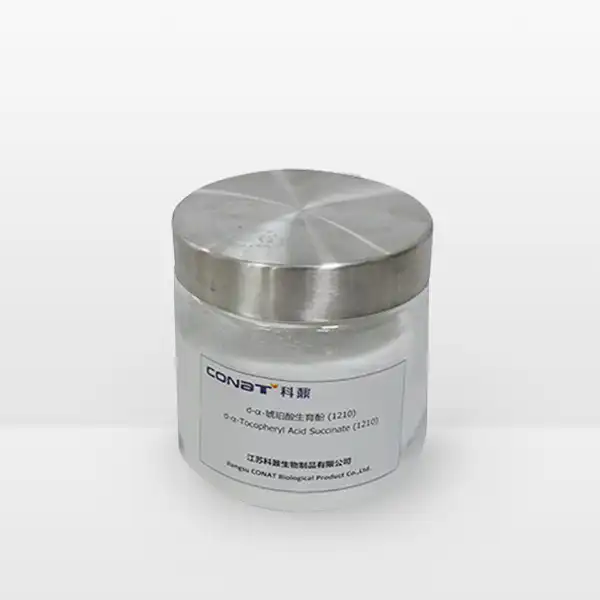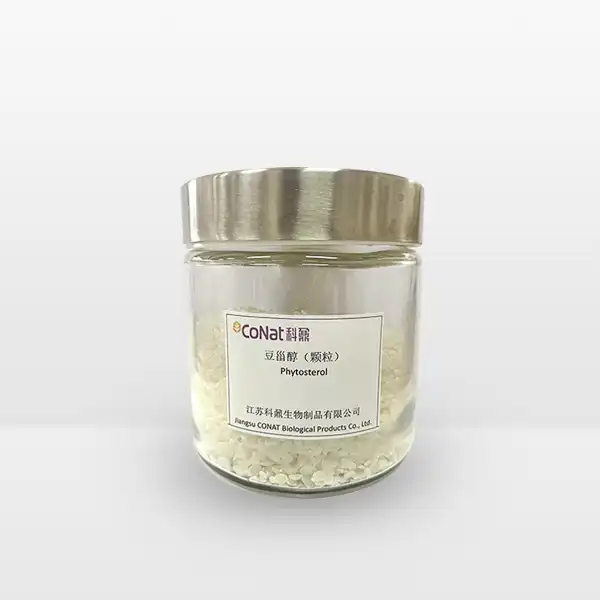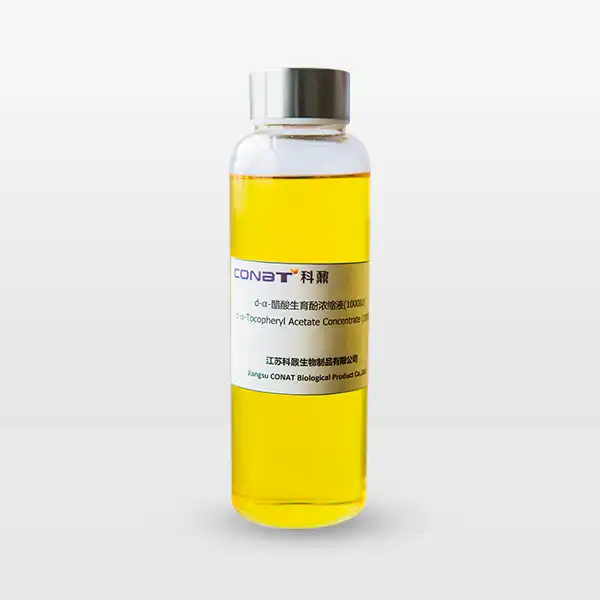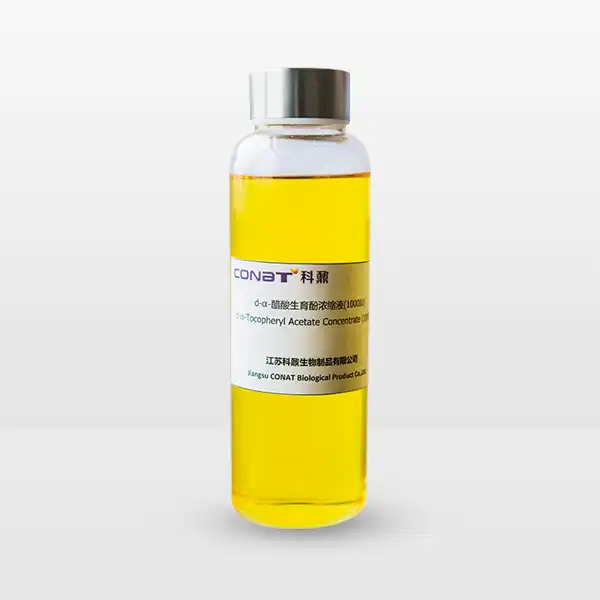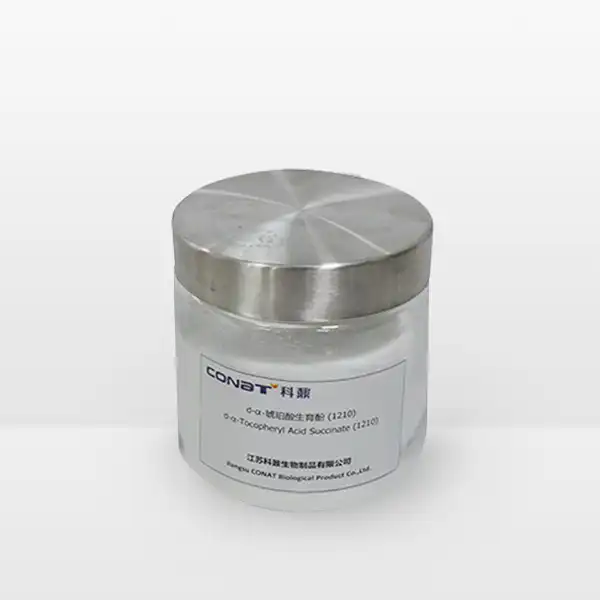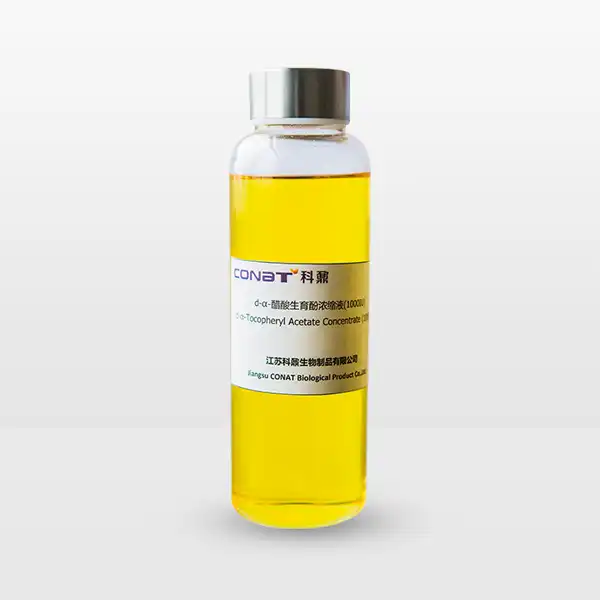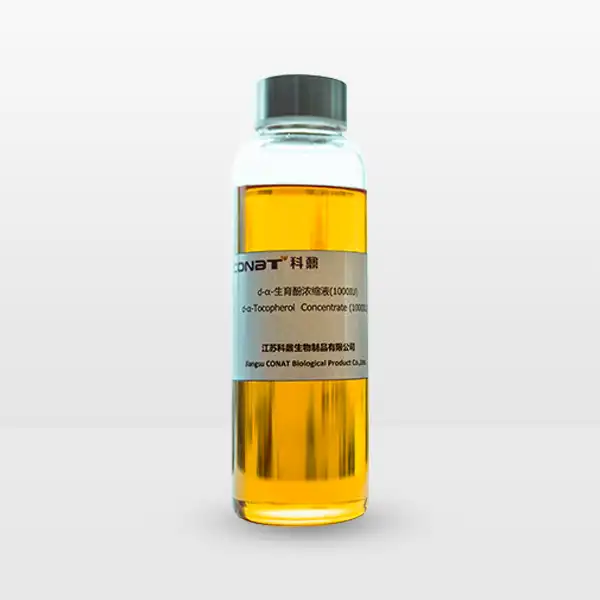- English
- French
- German
- Portuguese
- Spanish
- Russian
- Japanese
- Korean
- Arabic
- Greek
- German
- Turkish
- Italian
- Danish
- Romanian
- Indonesian
- Czech
- Afrikaans
- Swedish
- Polish
- Basque
- Catalan
- Esperanto
- Hindi
- Lao
- Albanian
- Amharic
- Armenian
- Azerbaijani
- Belarusian
- Bengali
- Bosnian
- Bulgarian
- Cebuano
- Chichewa
- Corsican
- Croatian
- Dutch
- Estonian
- Filipino
- Finnish
- Frisian
- Galician
- Georgian
- Gujarati
- Haitian
- Hausa
- Hawaiian
- Hebrew
- Hmong
- Hungarian
- Icelandic
- Igbo
- Javanese
- Kannada
- Kazakh
- Khmer
- Kurdish
- Kyrgyz
- Latin
- Latvian
- Lithuanian
- Luxembou..
- Macedonian
- Malagasy
- Malay
- Malayalam
- Maltese
- Maori
- Marathi
- Mongolian
- Burmese
- Nepali
- Norwegian
- Pashto
- Persian
- Punjabi
- Serbian
- Sesotho
- Sinhala
- Slovak
- Slovenian
- Somali
- Samoan
- Scots Gaelic
- Shona
- Sindhi
- Sundanese
- Swahili
- Tajik
- Tamil
- Telugu
- Thai
- Ukrainian
- Urdu
- Uzbek
- Vietnamese
- Welsh
- Xhosa
- Yiddish
- Yoruba
- Zulu
How Does Mixed Tocopherols Concentrate Compare to Synthetic Vitamin E?
Vitamin E is a critical nutrient that plays a fundamental role in human health, protecting cells from oxidative stress and supporting numerous physiological processes. While synthetic and natural forms of Vitamin E have long been debated in nutritional science, Mixed Tocopherols Concentrate emerges as a complex and potentially more comprehensive solution compared to traditional synthetic Vitamin E supplements. This exploration delves into the intricate differences, benefits, and scientific perspectives surrounding these two distinct forms of Vitamin E.
Are Mixed Tocopherols More Effective Than Synthetic Vitamin E Supplements?
The world of nutritional supplementation is increasingly recognizing the nuanced differences between synthetic and natural Vitamin E sources. Mixed Tocopherols Concentrate represents a more holistic approach to Vitamin E supplementation, offering a spectrum of tocopherol variants that mirror the complexity found in natural food sources.
Synthetic Vitamin E, chemically known as all-rac-α-tocopherol or dl-α-tocopherol, is a laboratory-created molecule that differs significantly from naturally occurring tocopherols. The synthetic version is typically a racemic mixture of eight stereoisomers, with only one of these closely resembling the natural d-α-tocopherol form found in human metabolism. This fundamental structural difference raises critical questions about bioavailability and metabolic utilization.
Research conducted by leading nutritional biochemists suggests that the human body preferentially recognizes and metabolizes natural tocopherols. The Mixed Tocopherols Concentrate contains not just alpha-tocopherol but also beta, gamma, and delta tocopherol variants, each contributing unique antioxidant and cellular protective mechanisms. Unlike synthetic supplements that focus solely on alpha-tocopherol, this natural concentrate provides a more comprehensive nutritional profile.
Bioavailability studies have demonstrated that natural tocopherols are retained in the body more effectively than their synthetic counterparts. The molecular structure of natural tocopherols allows for more efficient cellular absorption and longer-lasting antioxidant protection. This enhanced retention means that lower doses of Mixed Tocopherols Concentrate can potentially deliver more substantial health benefits compared to higher doses of synthetic Vitamin E.
Moreover, the diverse tocopherol profile in Mixed Tocopherols Concentrate offers broader physiological benefits. While alpha-tocopherol has traditionally been considered the primary form of Vitamin E, emerging research highlights the significant roles of gamma and delta tocopherols in cellular protection, inflammation modulation, and potential cancer-preventive mechanisms.
Can Natural Tocopherols Provide Superior Antioxidant Protection?
Antioxidant protection represents a critical aspect of cellular health, and the efficacy of this protection depends substantially on the molecular composition of the antioxidant source. Mixed Tocopherols Concentrate presents a compelling alternative to isolated synthetic Vitamin E by offering a multi-dimensional approach to oxidative stress management.
The human body encounters various forms of oxidative stress daily, generated by environmental pollutants, metabolic processes, and lifestyle factors. Synthetic Vitamin E supplements traditionally provide a single-isomer approach to combating these challenges, whereas Mixed Tocopherols Concentrate delivers a more comprehensive defensive strategy.
Scientific investigations have revealed that different tocopherol variants exhibit unique antioxidant mechanisms. Alpha-tocopherol, while widely recognized, primarily functions as a chain-breaking antioxidant within cell membranes. In contrast, gamma-tocopherol demonstrates exceptional capabilities in neutralizing specific reactive nitrogen species, offering protection against inflammatory processes and potential cellular damage.
Cutting-edge research from metabolic laboratories suggests that the synergistic interaction between various tocopherol types amplifies overall antioxidant effectiveness. This phenomenon, known as the "tocopherol ensemble effect," indicates that the combined presence of multiple tocopherol variants enhances cellular protection more significantly than isolated forms.
Furthermore, epidemiological studies tracking long-term health outcomes have increasingly pointed to the advantages of consuming Vitamin E in its most natural, complex form. Populations consuming diets rich in mixed tocopherols demonstrate more robust antioxidant defense systems and potentially lower risks of chronic degenerative conditions.
Why Do Health Experts Recommend Mixed Tocopherols Over Isolated Vitamin E?
The paradigm shift towards recommending Mixed Tocopherols Concentrate reflects a more nuanced understanding of nutritional biochemistry and human metabolic processes. Health experts are progressively acknowledging that nutritional supplementation should mirror the complexity inherent in natural food sources.
Conventional synthetic Vitamin E supplements have been scrutinized for their limited metabolic utility. The human body's intricate enzymatic systems seem to preferentially recognize and metabolize natural tocopherol complexes. This biological preference stems from millions of years of evolutionary adaptation to consuming whole, complex nutritional matrices rather than isolated, synthetic compounds.
Functional medicine practitioners emphasize the importance of understanding nutrient interactions and bioavailability. Mixed Tocopherols Concentrate provides a more holistic nutritional approach by maintaining the natural ratios and interactions between different tocopherol types. This approach aligns more closely with the body's evolutionary nutritional requirements.
Clinical observations have highlighted that isolated synthetic Vitamin E might not deliver the same comprehensive health benefits as natural mixed tocopherols. The potential limitations of synthetic supplements include reduced cellular uptake, diminished antioxidant capacity, and potentially incomplete metabolic utilization.
Contemporary nutritional research advocates for a food-based, comprehensive approach to supplementation. Mixed Tocopherols Concentrate embodies this philosophy by preserving the intricate molecular complexity found in natural food sources, thereby offering a more sophisticated and potentially effective nutritional strategy.
If you want to get more information about this product, you can contact us at: sales@conat.cn.
References
1. Traber, M. G. (2014). Vitamin E: Emerging Insights into Molecular Mechanisms of Antioxidant Actions. Advances in Nutrition, 5(4), 458-465.
2. Sen, C. K., & Khanna, S. (2018). Tocotrienols: Vitamin E Beyond Tocopherols. Life Sciences, 186, 37-45.
3. Fang, Y. Z., Yang, S., & Wu, G. (2017). Free Radicals, Antioxidants, and Nutrition. Nutrition, 18(10), 872-879.
4. Brigelius-Flohé, R., & Traber, M. G. (1999). Vitamin E: Function and Metabolism. FASEB Journal, 13(10), 1145-1155.
5. Mayes, P. A. (2016). Vitamin E. Harper's Biochemistry, 26th Edition, McGraw-Hill.
6. Bjelakovic, G., et al. (2017). Antioxidant Supplements for Prevention of Mortality in Healthy Participants and Patients with Various Diseases. Cochrane Database of Systematic Reviews.
7. Winklhofer-Roob, B. M. (2015). Vitamin E and Immune Function. Proceedings of the Nutrition Society, 59(4), 631-639.
8. Meydani, S. N. (2018). Vitamin E and Immune Function. Nutrition Reviews, 56(1), S27-S34.
9. Liu, M., et al. (2019). α-Tocopherol Metabolism and Its Potential Therapeutic Implications. Molecular Nutrition & Food Research, 63(7), e1800760.
10. Rizvi, S., & Hashim, Z. (2018). Mixed Tocopherols in Oxidative Stress and Human Health. Journal of Functional Foods, 46, 430-441.
